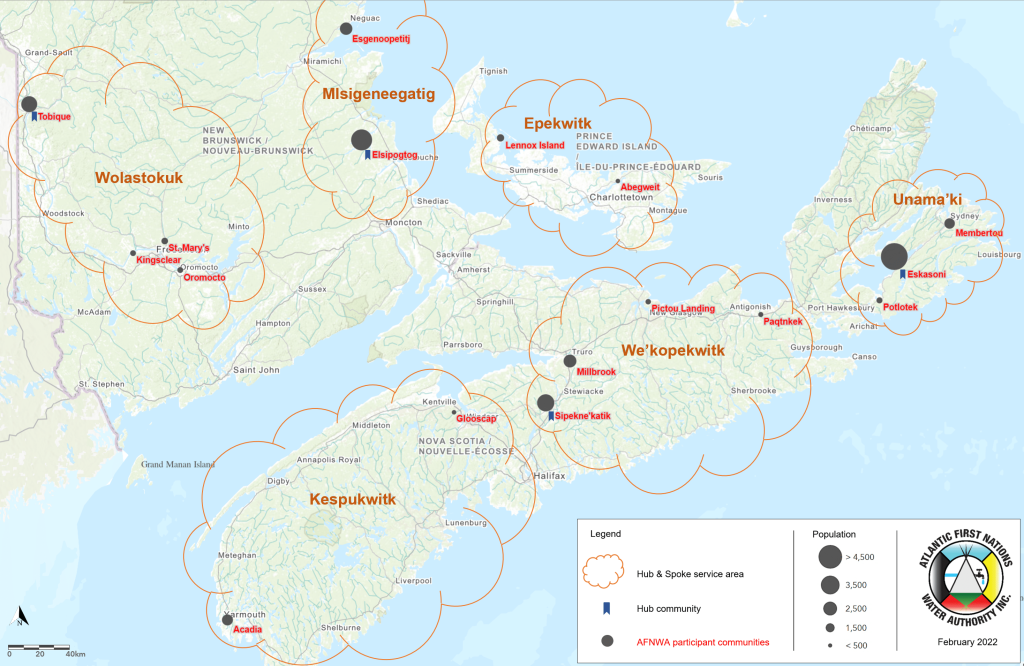Water Systems
Inequity of Water Resources
The availability and sustainable management of clean water and sanitation is the sixth sustainable development goal listed by the United Nations (UN),59 a concern that will become even more prominent in the face of societal changes related to population growth and urbanization.60 The downstream effects of this issue impact many areas of sustainability, most notably those related to health and wellness, food, energy, oil and gas, mining, and the environment.60,61
By 2030, it is estimated that 1.6 billion people will be unable to access safe drinking water supplies, a feature which highlights how current pacing of sanitation and hygiene efforts are inadequate.59,60 Furthermore, the issue of water accessibility is even more pronounced in remote populations, where approximately 80% of those who do not have access to basic drinking water reside.60 Furthermore, COVID-19, which has re-emphasized the importance of practicing good hygiene to the mitigation and spread of infectious diseases, may also result in the increased demand for clean water resources.60 With these concerning statistics, it is estimated that in order for global targets for sanitation and hygiene to be met by 2030, current initiatives must be increased fourfold.60
Blaine Grinder discusses the importance of our water systems and the impact of lack of access on communities (2:07)
Consider and address the needs of vulnerable communities when building sustainable systems
The Impact of Climate Change on Water Supply
Canada contains approximately 7% of the world’s freshwater supply.61 However, various environmental-based factors, such as changes in temperature and precipitation have resulted in water shortages or contamination, often caused by flooding.61 Therefore, it is important to acknowledge the impacts of climate change and ecosystem disruption on water supply, potentially exacerbating issues related to the inequity of access to safe and clean drinking water. Climate-related incidents may also lead to the contamination of clean water and therefore force people to utilize alternative water sources that may be harmful to human health.62 Consequently, in addition to other factors related to the inequity of access to water resources that can be influenced by climate change (i.e., access to safe water resources, water reliability, etc.), climate change and ecosystem disruption can also have a significant impact on water quality and safety.62
Kate Feldman discusses the importance of water conservation, even in well-resourced areas of Canada (1:49)
Impact on Agriculture
As mentioned previously, agriculture is a key sector that heavily relies on the availability, quantity, and quality of water. The Water Quality Agri-Environmental Performance Index, which highlights water contamination by elements such as nitrogen and phosphorous, as well as bacteria and other pesticides, has declined below the ideal threshold of 80.63 This is largely due to the increased utilization of various fertilizers which subsequently increases water contamination.63 Information related to the contamination of water resources is essential, as water used to irrigate crops is stored as groundwater.64 The increased use of various pesticides and herbicides may therefore result in higher levels of contamination in these water sources. Furthermore, because groundwater is often discharged to surface water bodies, these contaminants may eventually pollute other key water sources such as lakes, rivers, and oceans.64
Case study: Boil Water Advisories
Although Canada is one of the most water-rich countries in the world, many rural and remote First Nations and Inuit communities continue to lack access to clean drinking water and remain under various degrees of drinking water advisories.65,66 Access to clean drinking water is a fundamental human right, and the fact that Indigenous communities continue to face challenges points to the more deeply rooted problem of Canada’s fragmented and colonial water policies.
For First Nations, on-reserve lands fall under the responsibility of the federal government; however, many social services, including water and sanitation systems, remain under the jurisdiction of the provincial government.67 This disconnect has resulted in several communities falling between the cracks with crucial services being unmet, particularly those who are geographically isolated and have a harder time having their voices heard.
There have been several recent instances where the federal government has delegated the responsibility of water services to the bands living on-reserve, but supplying them with only 80% of the funds needed to maintain the water systems.67 The federal government has also passed several policies and acts, such as the Safe Drinking Water for First Nations Act, to respond to the drinking water crisis among First Nations. However, these policies were similarly not accompanied with appropriate capacity built in to support communities through funding or training, nor were they developed in consultation with First Nation communities.67 When such responsibilities are delegated without the necessary flow of resources, the result may be the privatization of water services from third-party management, and/or fines by the federal government for failure to provide services – services that the community were never properly equipped to provide in the first place.
Despite these challenges, there are also recent examples of the Canadian government working in meaningful partnership with First Nations to collaboratively address the drinking water crisis. In November 2022, the Atlantic First Nations Water Authority (AFNWA) and the Minister of Indigenous Services developed and signed a framework to transition the duties and responsibilities involving water for 17 communities to AFNWA.68 The end goal is that the AFNWA will have control over water services for over 4,500 homes and businesses on reserve, which represents approximately 60% of First Nations people who live on reserve in Atlantic Canada.68
How it works
The use of a Full Service Decentralized (FDS) structure was decided by The Atlantic Chiefs and their Band Councils for it being the most consistent with their values and concept of ownership.69 Using a ‘hubs and ‘spokes’ model, the system arranges operations into a network of ‘hubs’ that centralize expertise and operational knowledge in geographically compatible locations close to communities (‘spokes’) and their community-based operators. This makes the hub accessible within a 2.5 hour drive of the ‘spoke’ communities should issues arise, allowing communities to be serviced by local centres rather than distant central or regional areas.69


